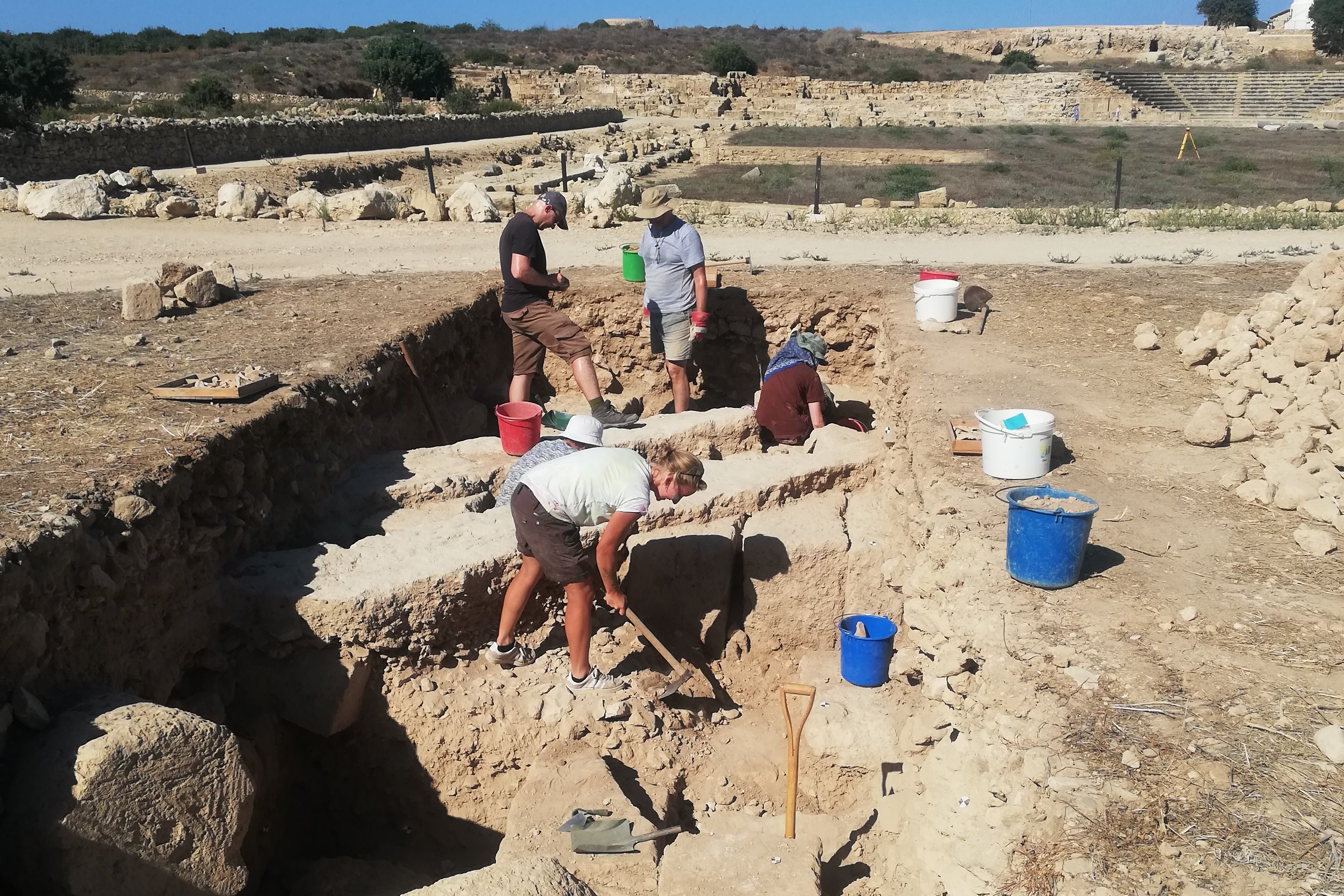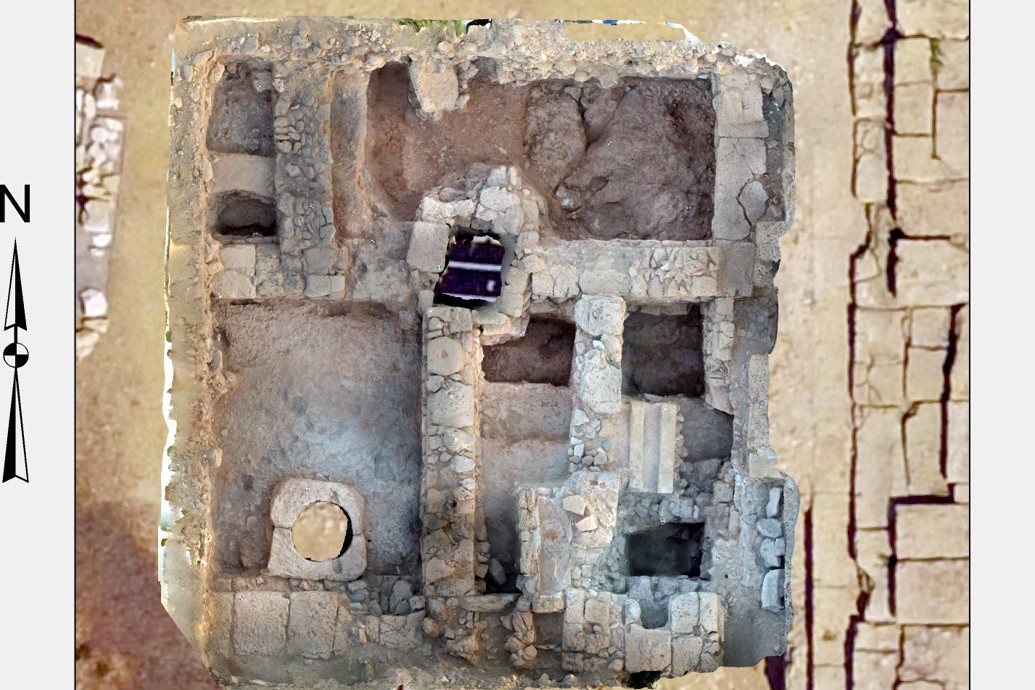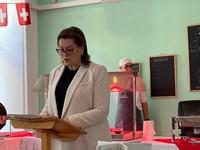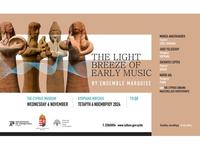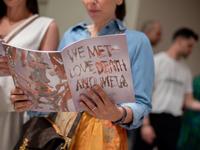Press Releases
28-05-2024 13:10
The Joint Expedition of the Warsaw and Jagiellonian Universities in Nea Pafos in Consortium with the Warsaw University of Technology – Season 2023
Director: Professor Ewdoksia Papuci-Władyka
The Department of Antiquities of the Deputy Ministry of Culture announce the joint expedition of the University of Warsaw (UW) and the Jagiellonian University in Kraków (JU) operating in Pafos in consortium with the Warsaw University of Technology (WUT) has completed the fourth research season implementing the project: “MA-P Maloutena and Agora in the layout of Pafos: modelling the cityscape of the Hellenistic and Roman Capital of Cyprus” (MA-P). The collaborating institutions are the University of Hamburg (UH), the Warsaw Academy of Fine Arts (WAFA), and the Wrocław University of Science and Technology (WUST).
In 2023, study and excavation campaigns were carried out. The spring campaign took place in the period from April 18th until May 30th with a small team of nine persons. The study of the material excavated in previous years and preparation for publication has been performed, as well as, the continuation of the excavation of the Trial Trench TT.X in Maloutena opened in 2022 (see below).
The summer-autumn campaign took place from September 1st till 20th of October with the participation of around 50 persons in total (20 staff members, 10 PhD students, 12 students of archaeology, three students of conservation, five volunteers: this campaign was spread out over a series of different dates). During this campaign, not only were excavation works undertaken, but also conservation works at the site, geophysical prospections, processing of previously discovered ceramic and glass material, as well as, the documentation of architectural details discovered in previous years.
The excavation works focused on searching for relics of streets to confirm the hypothetical layout of the insula in Nea Pafos. In the Maloutena area, the intention of the work on the TT.X was to attempt to capture the width of the insula between meridional streets 10 and 11, at the intersection with the latitudinal street marked with the letter I (all street markings according to Młynarczyk 1990). The discoveries in this excavation are of great importance. Among other things, two perpendicular walls were uncovered, separating the corner of a room (perhaps a house?), presumably from the Hellenistic period. If further research and analysis of the discovered ceramic material confirms this hypothesis, it will be a discovery of great importance, because there are no well-preserved fragments of buildings from this period in Nea Pafos. To the east of this structure, relics of two (not of the same chronology) canals were found, which gives rise to the conclusion that the remains of Street 11 were discovered and the width of the insula between streets 10 and 11 was confirmed to be 105 m.
The second area examined in the 2023 season was located around the Agora and in the square itself. Survey trench TT.XVI was located at the presumed intersection of latitudinal street P and meridional street 4. Street P was previously captured in the research of the Pafos Agora Project (in trench TT.VIII), it flanks the city's Agora from the north. Relics of this street were also discovered during Australian research south of the theatre and the nymphaeum. Therefore, it can be said that it is a road of great importance for the city, connecting the Fanari Hill, the Agora, the theatre and the western gate of the city. The most important relics uncovered in TT.XVI include fragments of two ceramic pipelines of different times, undoubtedly the remains of P Street (at least from two phases).
The second excavation near the Agora, TT.XVII, was basically an extension of the TT.XV excavation of 2022 to the west, and was intended to capture the border of the East Portico and the course of the latitudinal street M (coming to the Agora from the east) and the meridian street 2 (flanking the Agora from the east). The research yielded fully satisfactory results. We managed to confirm street M and reveal the last, fourth line of the wall of the East Portico, thanks to which it was established that this portico itself was divided into three rows (was triple) in the last phase of the Early Roman period (like the South Portico).
Work continued in trench T.II Area 1 (excavation inside the square started in 2011, and continued in 2022), but this exploration was not completed. The result of the work carried out revealed the discovery of a complex system related to the transport of water and/or waste, which consists of two wells (undoubtedly of different times), fragments of a canal running along the line of the East Portico of the Agora, and a partially preserved sedimentation tank.
Documentation of architectural details discovered in previous years continued. Geophysical prospection was also carried out near the above-mentioned TT.X trench on Maloutena.
The conservation works on the site (for which the Polish National Agency for Academic Exchange (NAWA) through the Urgent Grants Programme awarded to the Academy of Fine Arts in Warsaw, and the MA-P project provided the financing) focused on the chosen wall paintings in the Villa of Theseus and the “Hellenistic” House. In addition, fragments of plasters collected in previous years have been examined and some samples have been collected, with the permission of the Department of Antiquities, for further scientific analysis which will be done in Poland. Moreover, bioarchaeological samples have been collected from the material uncovered by our research in previous years, and transported, with the kind permission of the Department of Antiquities, to Poland for further scientific analysis. The bioarchaeological research will shed light on the plant use, human activities, and ecological conditions that once prevailed in ancient Nea Pafos.
Finally, a great substantive and administrative success was the organisation and implementation of a two-week International Summer School, entitled Augmented Archaeology, with the participation of 10 students from Cyprus, Germany, Lebanon, Poland, and the UK. The financing was provided by the Excellence Initiative Programme in the UW.
(NGian/ΕΑθ)
Relevant Press Releases
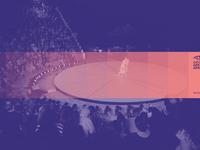

04-11-2024 13:18
Announcement by the Cyprus Academy of Sciences, Letters, and Arts
